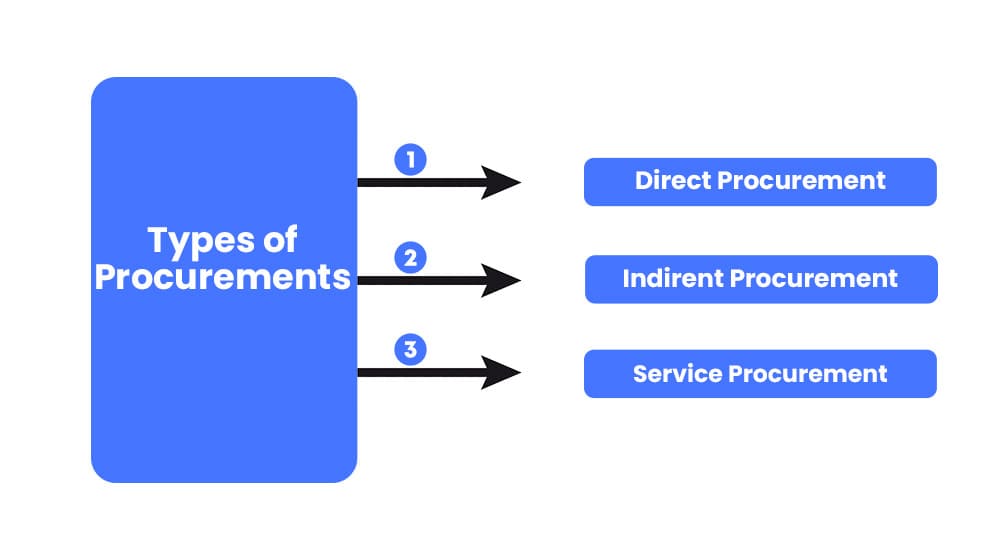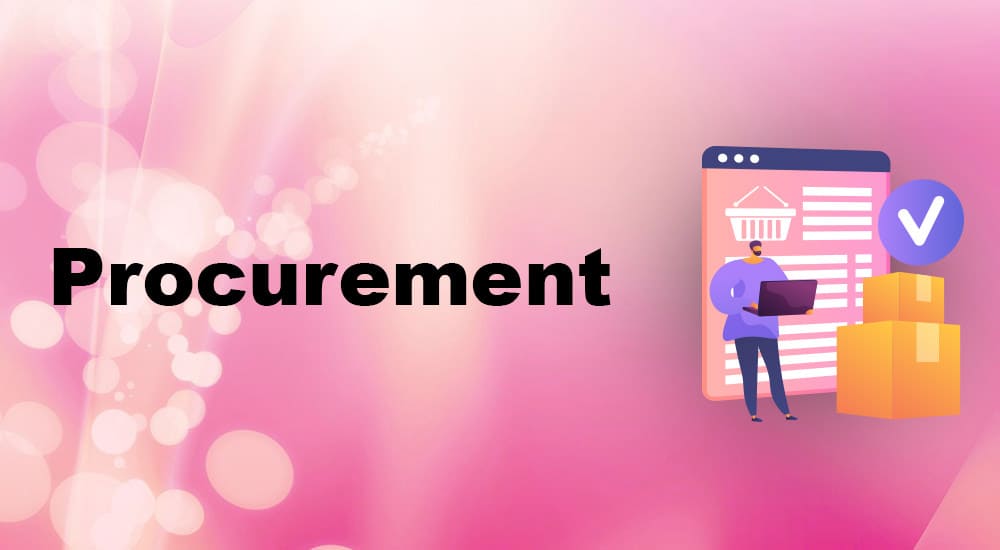Definition: Procurement is strategically buying or renting goods, equipment, or services through a third party for business purposes.
Make-or-buy decision is common in organizational planning, and businesses carry out them to get goods or services through third parties at an affordable rate and quickly. The goods and services can be materials, equipment, software, testing environments, licenses, construction works, etc.
Procurement ends in a contract or a purchase order that involves purchasing or renting services or goods. It is a critical supply chain management function that helps businesses produce value for customers and profit for the owners.
The Nature of Procurement
In procurement, an organization obtains products or services from external parties or market supply to ensure they carry out production and business activities smoothly.
The procurement starts with need identification and continues with suppliers’ evaluation and selection, followed by the issuance of contract or purchase orders, and finally, the goods or service is delivered. Procurement includes comparative analysis, competitive negotiation, and selection.
Types of Procurement

Procurement can be of three types:
- Direct Procurement
- Indirect Procurement
- Service Procurement
#1. Direct Procurement
This procurement involves purchasing goods and services used for the production process—for example, raw materials, machinery, etc.
#2. Indirect Procurement
Indirect procurement includes goods and services to meet the operational requirements of a business. They do not contribute to the business revenue but are necessary to keep it running—for example, office stationery, equipment, supply, etc.
#3. Service Procurement
Here, businesses procure services such as labor, software subscription, etc.
Procurement Process
Procurement management has four processes:
- Plan Procurement
- Conduct Procurement
- Control Procurement
- Close Procurement
#1. Plan Procurement
At this stage, the business documents the procurement decisions, specify the approach, and identifies potential vendors.
The main output is the procurement plan. This plan determines whether to acquire goods and services from outside and, if so, what to acquire and when.
The tools required in this process are expert judgment, data gathering, data analysis, source selection analysis, and meetings.
Before conducting a procurement, the procurement manager will work with contracting professionals to develop bid documents such as the request for information (RFI), request for quote (RFQ), or request for proposal (RFP). Procurement statement of work (SOW), terms and conditions, etc.
The organization will decide what type of contract they will use; for example, it can be a fixed price contract, time & material, cost re-reimbursable, or purchase order.
#2. Conduct Procurement
Here, the procurement is carried out by floating the tender to the market or sending it to the preselected vendors, obtaining responses from sellers, selecting the winning seller, and awarding the procurement contract to the qualified seller.
The sellers’ proposals are received. Then, an evaluation committee selects the offer based on predetermined source selection criteria. In some cases, the committee can select the lowest bid.
Buyers can organize bidder conferences. It is a meeting between the buyer and bidders. This arrangement ensures that all sellers understand the requirement and that no bidder receives preferential treatment.
The output of this process is the contract or purchase order.
#3. Control Procurement
Control procurement helps value maximization by monitoring contract performance and making necessary changes. Procurement continues until the item or service is paid for and delivered.
The legal department ensures that procedures and policies approve the contracts. Sellers must receive payments according to the conditions laid down in the agreement.
Procurement costs are integrated into the financial accounting of a business, as procurement involves acquiring goods and services for the revenue goals of the business. Completed procurement will be closed, and the procurement manager will update the work performance information.
Procurement goes beyond the traditional purchasing process, which is transactional satisfying only immediate need(s).
The tools and techniques used in this process are expert judgment, claims administration, data analysis, inspection, and audits. Procurement audits verify that appropriate processes utilized were sufficient and the contractor is delivering according to plan.
Earned value analysis, performance review, and trend analysis are critical in the data analysis, while inspection remains a structured review of the work performed by the contractor.
#4. Close Procurements
After the seller delivers the service or good, the buyer will ensure that the seller has fulfilled their contractual requirements. The buyer will pay the invoice and close the procurement if the seller has fulfilled the requirements without deviation.
However, if there are deviations, like delays in delivery or poor quality product, the buyer can apply a deduction.
Benefits of Procurement
- Procurement is a key part of a business strategy that guides the annual budgets.
- It determines or forecasts the profitability of operations.
- It is a proactive activity that adds value, saves costs, and identifies and fills business deficiencies.
Procurement Vs Purchasing
Procurement and purchasing involve buying goods and services, and they are often interchangeably used; however, both terms are different.
Procurement is strategic purchasing, and for procurement, businesses go through an elaborate process to ensure value optimization. Cost is the secondary concern here.
Purchasing is a simple transaction to buy a product or service quickly, and the cost is the prime factor.
Procurement is a proactive process, while purchasing is a reactive process.
Conclusion
Procurement is a strategic and systematic activity to ensure that all materials, equipment, and services are properly acquired so that projects, programs, and processes run efficiently.
With no procurement, businesses will face difficulties carrying out their function.
